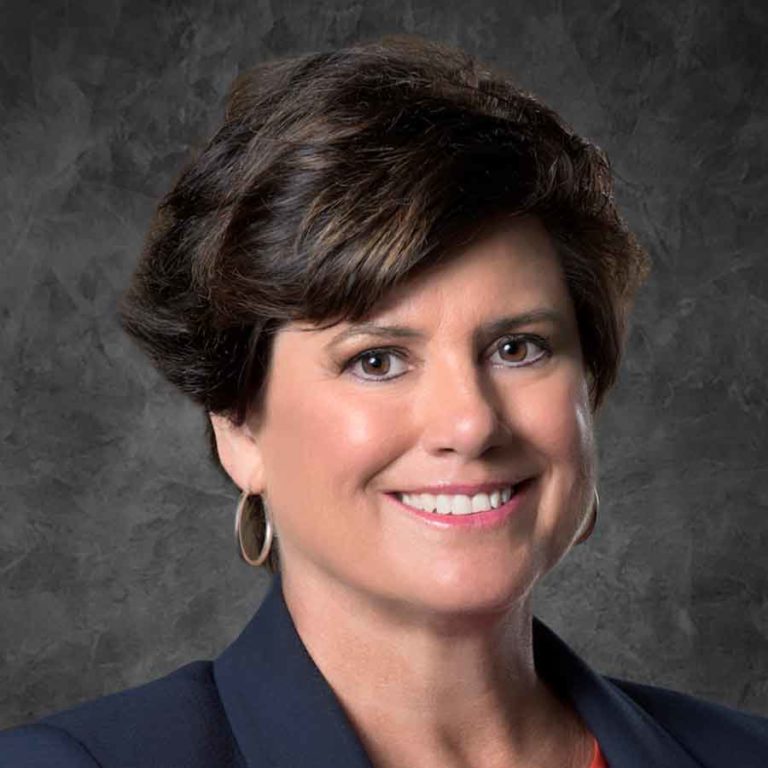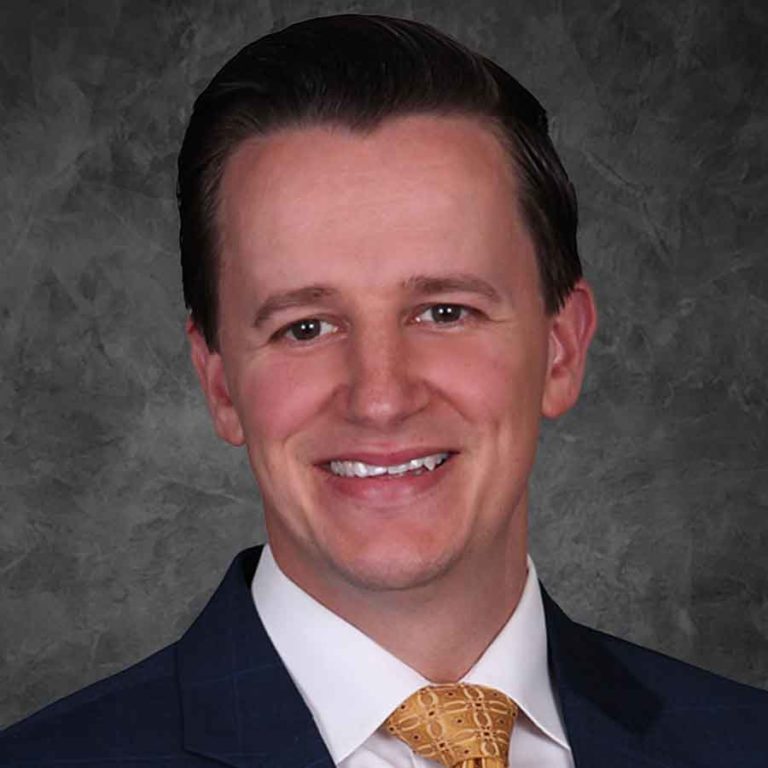We offer comprehensive wealth management through a family office-like structure, helping clients amplify and simplify their financial lives by bringing together financial planning, investment management, tax, estate, insurance, and more into one integrated offering. We look forward to connecting with you and your family.




Ready to get in touch? My team and I are here to help.

G. Merrick Estes, Jr.
Sr. Vice President
Atlanta
Atlanta
Atlanta Offices Fast Facts & Specialties
- Specialized solutions for: Retirement planning, women business owners, multi-generational succession planning, concentrated stock options, divorce, and dependents with special needs, among others.
- Deep experience working with: C-suite professionals, engineers, technology leaders, entrepreneurs, physicians, and many other professions.
- We’re proud that nearly half of our client-facing team firm-wide are women.
Meet Our Talented Advisors
Our team is deeply embedded in the Atlanta community and specializes in areas relevant to local residents.




